History/driving impressions originally published in Sport Compact Car, August 1999
Volkswagen called it the Corrado, allegedly from the Spanish correr, to sprint or run. And the new coupe, having its debut in the fall of 1989 as a 1990 model, had the no waste, and just put the leftovers in the trash bin. It followed the time-proven Volkswagen formula for sports models, that of taking a sedan floorpan, suspension, engine and running gear and adding a Karmann-built body. It began with the Karmann Ghia and was reprised for the Scirocco I and II.
The shape was fresh. Though slightly resembling the Scirocco, the Corrado looked nothing like the melted jellybean styling then hot on the streets. Where everyone else was doing retractable headlamps and bottom-breathing, grilleless designs, the Corrado had a genuine grille and large rectangular headlamps. Fog lamps and turn signals were set in the front bumper. Out back, the Corrado‘s hatch was a surprise – a spoiler lip that automatically extended upwards at 45 mph and retracted at 12 mph. It supposedly added stability at higher speeds, though the entertainment element was undoubtedly just as important.
For such a shapely exterior, the underhood view might seem a little mundane; sitting crosswise was what appeared to be a simple eight-valve 1781cc Volkswagen four, hardly exciting when VW had 16-valve mills in the Golf and Jetta. A closer look, however, revealed an extra device attached to the engine next to the alternator. Driven by a tooth belt, Volkswagen called it a G-Lader. Invented in 1905, it was an unusual supercharger with a G -shaped impeller, hence the name. The impeller was mounted on an eccentric and mated to similarly shaped housing. As the eccentric wobbled, air was forced between the impeller and the housing. Like any other supercharger, the G-Lauder heated intake air as it compressed it, so the Corrado had an intercooler.
The blower, 60mm wide, gave the Corrado its model G60 designation. It also gave the four a power rating of 158 bhp at 5600 rpm. Torque was where the G60 really shone, however, with more than 150 lb-ft from 2500 to 5500 rpm, peaking at 166 lb-ft at 4500 rpm.
The G-Lader-equipped VW was rather unremarkable, however, compared to the frantic turbo engines of the day. The power delivery was linear and the torque delivery even, making it feel like an engine larger than its 1.8-liter displacement.
Yet the supercharge Corrado was actually slower in the 0 to 60 mph than the naturally aspirated 16-valve Golf and Jetta. The Karmann-built coupe was, at 2695 lbs, heavier than its less exotic siblings. Stretch the contest to a quarter-mile and the Corrado would edge ahead, and it had the advantage on a road course, where the torque paid off. Sharing basic suspension, the cars all handled about the same: With a comfortable dose of understeer but well-balanced overall, the Corrado was quite possibly the best front-driver on the market.
The Corrado didn’t exactly rescue Volkswagen from the sales doldrums of a decade ago [1999 vs 1990], however, and the addition of a four-speed automatic to the option list in 1991 broadened the sales base only slightly. More sportiness, not less, is what the Corrado needed, and that it received for 1993 with the addition of the VR6 powerplant. The now-familiar 15-degree V6 cranked out a razor-sharp and smooth 178 bhp with 177 lb-ft of torque peaking at 4200 rpm. It was what had been needed all along, lopping 0.7 of a second from 0 to 60 mph times.
But Corrado, with the VR6 dubbed the SLC, had become a bit dated. Torque steer with the new engine was not completely conquered by the new electronic limited-slip differential. It was better, but losing ground to newcomers like the new Honda Prelude Si VTEC, and Ford Probe GT. That its price had climbed from $17,900 in 1989 to $22,540 didn’t encourage the cost-conscious either. The VR6 outlasted the Corrado, the coupe not returning for the ‘95 model year. Volkswagen reportedly figured its only competitor on the US market was its own GTI VR6.
With either engine, the Corrado was an uncommon pleasure, and spotting a survivor is a special treat. Driving one is an even rarer delight.
Addendum: Doing the math, this article was written about five to ten years after the last to first Corrados were made. Such was the readership of Sport Compact Car. The editor told me he received enthusiastic comments about the articles, including the quote, “Dad had one of those.”











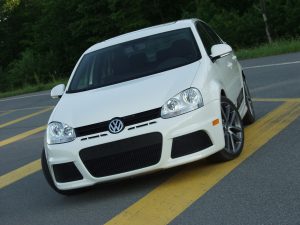
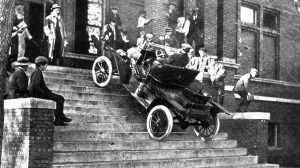
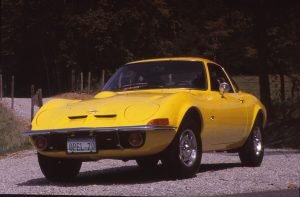
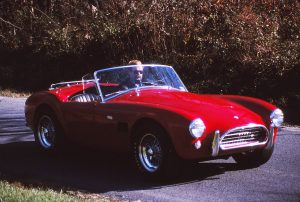
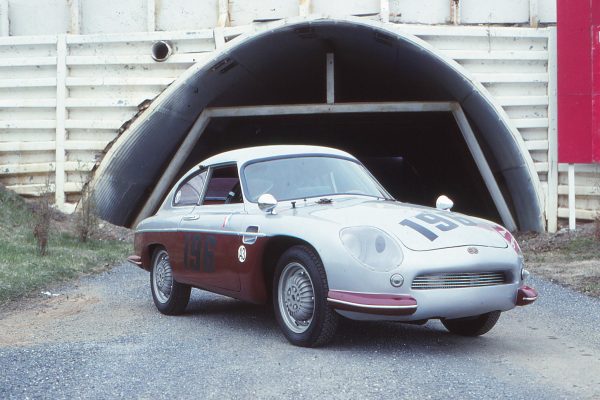
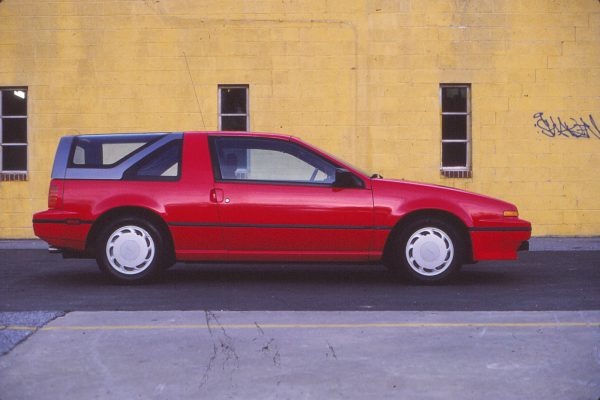
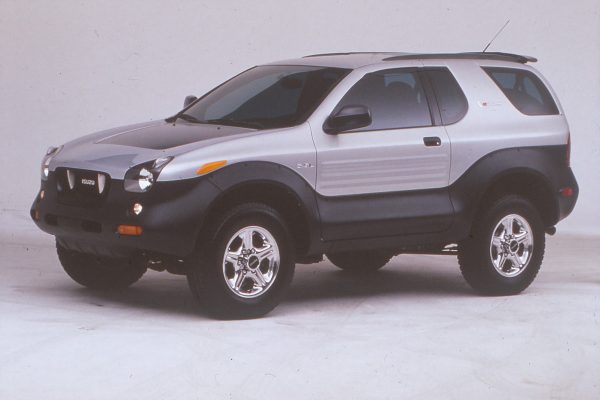
What Do You Think?
You must be logged in to post a comment.